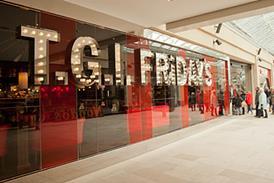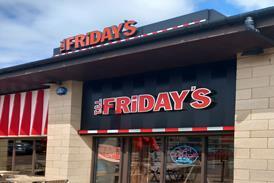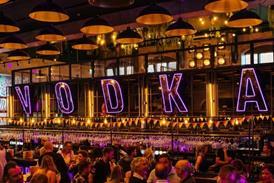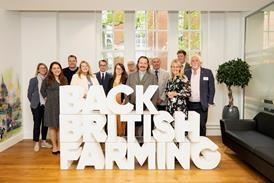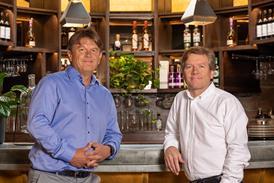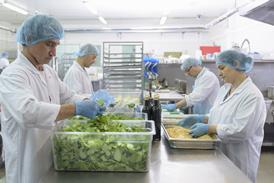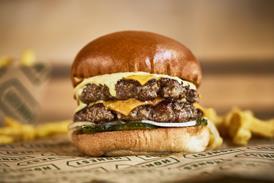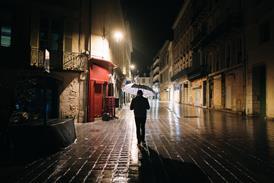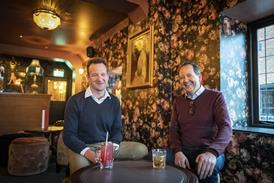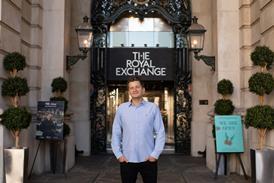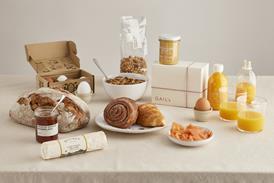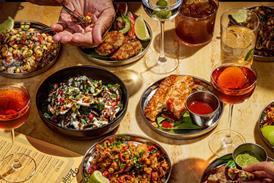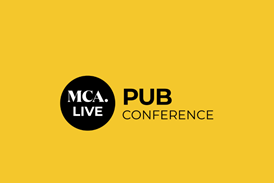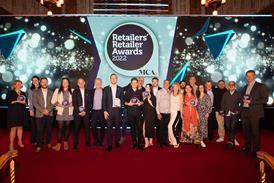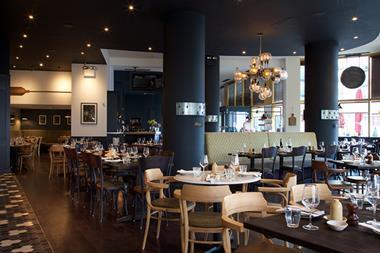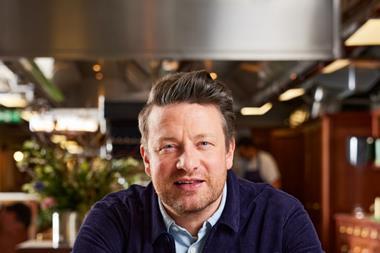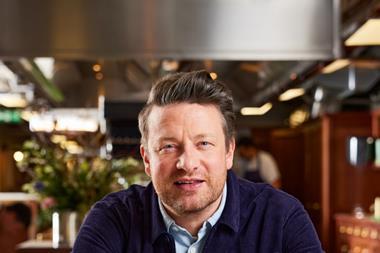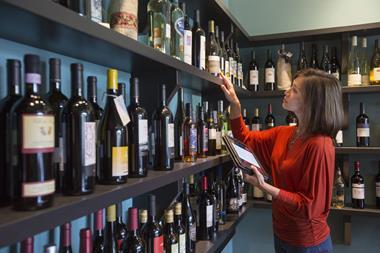With several branded restaurants recently announcing additional openings within hotels, as they look to become less reliant on the high street, Helen Gilbert looks at how the benefits can work both ways
Established chefs are synonymous with upmarket hotels but now high street restaurant chains appear to be jumping on the trend as they seek to diversify their offer.
This week Brasserie Bar Co revealed it planned to open seven more Brasserie Blanc hotel-based restaurants by 2020 bringing the total number it operates in the UK to ten.
Days before Carluccio’s announced it had opened a third restaurant within a Marriott Hotel. The Italian dining concept, which already operates at the brand’s Heathrow and Regent’s Park sites, is now also responsible for food and beverage at the 3,000 sq ft Maida Vale property.
And last month it emerged that Miller & Carter, the Mitchells & Butler’s steakhouse brand is due to open at the Bristol Marriott Royal Hotel.
So what’s the attraction?
According to Richard Ferrier, Brasserie Bar Co’s operations director, such collaboration is one way for restaurant brands to stand out in ‘an ever-crowded high street’.
“The hotel provides access to a captive audience of leisure and corporate guests that previously chose to go ‘off site’,” he explains. “We convince them to stay and dine with us in a way that unbranded offers couldn’t do.”
Ferrier refers to breakfast – a key part of a guest’s experience – as an area where branded restaurants can build upon a hotel’s standard offering.
“Having a specialist in this area allows the hotel operator to focus on delivering rooms as profitably as possible,” he insists. “It is vital that its delivery is slick, with quality produce. Delivering breakfast for 300+ covers at a time requires a high quality operations team.”
Brassiere Blanc serves a hot and cold buffet. A bespoke set up has been developed to make it easier to deliver on high volumes of trade in a short space of time, Ferrier explains, while the overall food and beverage offering has been tweaked to suit the environment. Alongside the standard menu, there’s a room service option and afternoon tea which caters for the ‘all day’ occasion.
But it’s not just of benefit to the restaurant to open in a hotel, it is a two-way street with hotel chains also reaping the rewards of attracting big name brands.
As Steve Gotham, director of insights, MCA, says: “Many hotels have under-utilised good quality space that can generate a higher return by capturing greater traffic and spend from guests, other tourists and local residents from the draw of a recognised good quality restaurant brand as opposed to what they can achieve with an in-house, own brand proposition.”
Carluccio’s chief executive Mark Jones describes the transition to hotels as an ‘exciting new phase’ for the brand’s development which could potentially ‘open up a myriad of opportunities in the future.’
“Versatility is an integral part of our brand proposition – we cover breakfast, coffee, lunch, aperitifs, dinners and everything in between,” he says. “This ‘whatever you want, whenever you want’ philosophy lends itself particularly well to hotels with their diverse mix of guests. Our relationship with Marriott is a two way partnership: we get to reach a new demographic and the hotels provide their guests with a great dining experience - our restaurants also bring local residents into the hotel.”
Hyatt Hotels is another that has its finger on the pulse. The established chain previously only developed its dining concepts internally but for the past three years has worked ‘almost entirely with third party bar and restaurant concept developers,’ explains Michael Butler, Hyatt Hotels corporate director of Food and Beverage Europe and India.
Historically, he says, the restaurant and bar concepts were developed with a hotel guest bias, but now the focus is on making them successful ‘in their own right’ and appealing to both guests and locals.
The Hyatt has also moved away from breakfast-led core focus restaurants, choosing instead to interest guests with ‘successful’ locally-inspired lunch and dinner options. Butler cites The Lady Abercorn’s Pub & Kitchen - which serves beers from local breweries and offers a traditional pub experience in the heart of the city - at the Andaz Hyatt, London as an example.
“We see huge value in working with restaurant and bar operators under a lease or licensed agreement where it makes commercial sense and drives value to the hotel guest experience and differentiates the hotel property from its local competitors,” he adds.
Industry body UKHospitality welcomes the sector’s forward thinking. “The current trend we are seeing of high street restaurants opening in hotels is a welcome step and illustrates the innovation that has always characterised the hospitality industry,” says a spokesperson for the association.
“The presence of quality, well renowned restaurant chains in hotels will improve a hotel’s offering and give ease to the consumer, as well as providing an excellent marketing opportunity for the businesses.”
Restaurants are certainly evolving in the face of a competitive high street marketplace, squeezed margins and cost pressures. Only time will tell if the restaurant/hotel hybrid will be a success.
Diversifying off dry-land
Some high street brands are even moving off dry-land altogether. For example, Jamie’s Italian has opened for business on the world’s largest cruise ship.
The 108-seater eatery is the only UK-based chain restaurant on board Royal Caribbean’s Symphony of the Seas, and is one of 19 places to dine on board the 18-deck liner, which launched this month and can carry up to 6,680 passengers.
The celebrity chef debuted his first restaurant at sea in 2014 on Royal Caribbean’s Quantum of the Seas.
Jon Knight, CEO Jamie Oliver Restaurant Group says. “We now have restaurants on board five ships since 2014 and are still as committed to bringing cruise guests rustic, fresh food of the highest quality as we were on day one.”


